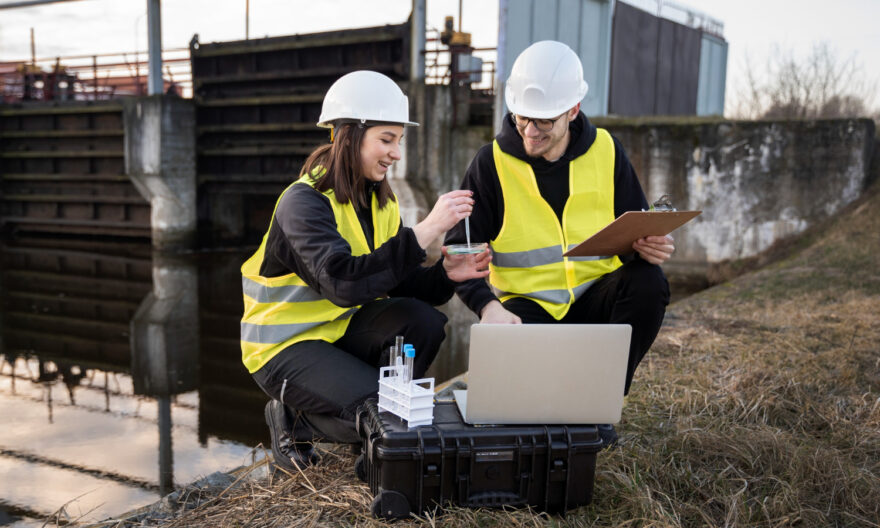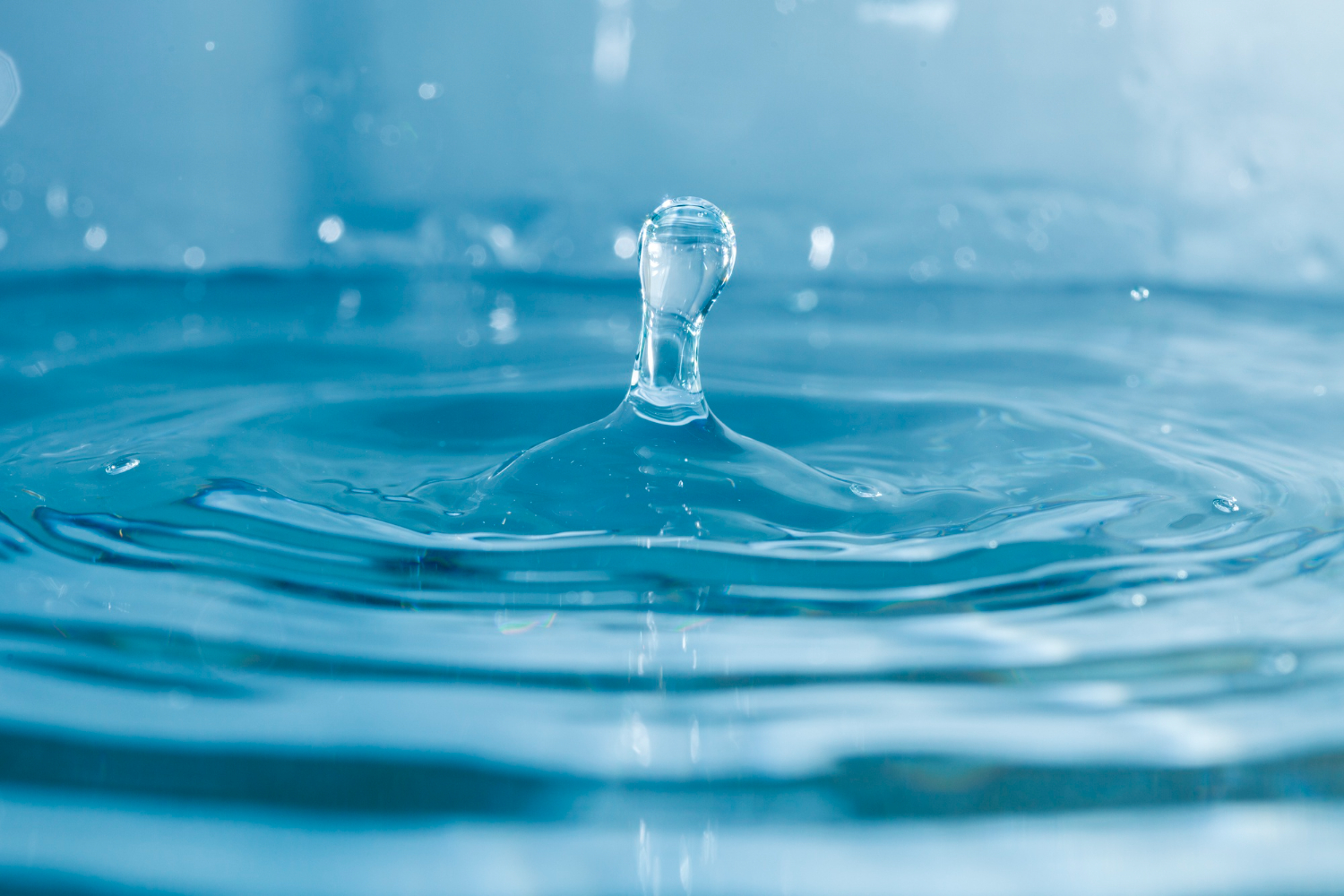
Water is an indispensable resource for life, yet its availability in clean and safe form is increasingly becoming a critical challenge worldwide. As population growth, industrialization, and agricultural activities intensify, the need for effective water treatment in Malaysia has never been more urgent.
The Imperative for Water Treatment
Water treatment is essential due to its importance from the standpoint that water being a basic necessity needs to be purified before use and to various reasons exist as to why water requires to be treated before use or discharge into the environment. Waters still in their natural state including without much treatment possess colonies of dangerous substances including bacteria, viruses, chemical solutions, and heavy metals. However, industries discharge wastewater that if not well treated causes harm to the environment.
Health and Safety
Clean water is a crucial element in the lives of people being current in the community Preventative care for waterborne diseases is important. Infected water causes diseases like Cholera, dysentery, and other stomach-related illnesses that are related to the consumption of contaminated water. Such facilities purify water, which helps to exclude pathogenic microorganisms and toxic substances from the water and make it suitable for use in Drinking.
Environmental Protection
Such wastewater has adverse effects on ecosystems if not treated appropriately. Pollution affects water bodies and all forms of life in them, interferes with the food pyramid and affects the quality of soils and water. It is important to treat water to reduce its impacts on aquatic life and the environment at large.
Economic Benefits
The necessity of clean water cannot be overemphasized as it is indispensable in many industries. Further, they can cut a lot of operational costs by simply treating and recycling the wastewater that is used in the industries. Efficient water treatment helps to overcome the legal constraints present regionally, nationally, or internationally and its violation can result in significant fines and impact corporate image and brand.

Water Treatment in Malaysia: Its Importance
The contemporary Asian nation of Malaysia is a country in the process of dynamic development, which has certain issues connected with water supply. It receives heavy rainfall but water is often a scarce resource given high rates of pollution, poor water utilization, and climate change.
Water Pollution Challenges
Rivers have therefore become the main water supply options for domestic, agricultural, and industrial use in Malaysia. Water pollution in water sources such as rivers has become rampant owing to factors such as urbanization, industrial waste, and draining from farming activities.
Industrialization and Water Demand
Through assessment of the current industrial sector in Malaysia, it was realized that though heavily into the aspect, it contributes immensely to wastewater. Manufacturing sector industries comprise palm oil processing, rubber manufacturing, and electronics manufacturing being the largest consumers of water and polluters. Effective treatment of industrial wastewater is crucial to mitigate environmental impacts and ensure a sustainable water supply.
Innovations in Industrial Wastewater Treatment
The green revolution in water treatment is characterized by the adoption of eco-friendly technologies that minimize environmental impact while maximizing efficiency. Here are some cutting-edge innovations in industrial wastewater treatment that are gaining traction in Malaysia and globally.
Membrane Filtration Technology
Membrane filtration, including reverse osmosis (RO), ultrafiltration (UF), and nanofiltration (NF), is a highly effective method for removing contaminants from wastewater. These technologies use semi-permeable membranes to separate impurities from water, offering high purification efficiency and the ability to treat various types of industrial effluents. Membrane technologies are energy-efficient and can be integrated with renewable energy sources. They produce minimal chemical waste compared to traditional treatment methods.
Biological Treatment Methods
Biological wastewater treatment processes the use of microorganisms to break down pollutants in water. Biosystems like activated sludge, biofilms, and anaerobic digestion are frequently applied for handling industrial effluents. Biological treatments work under natural beautification processes that do not require chemicals in their application. Anaerobic digestion also produces biogas which is a form of renewable energy source needed in the contemporary world.
Advanced Oxidation Processes (AOPs)
AOPs entail the production of hydroxyl radicals which are powerful oxidants with the capability of neutralizing complex polluting agents. Techniques such as ozone treatment, UV/H2O2, and Fenton’s reactions belong to this category. Some AOPs may be useful for the treatment of hazardous substances such as persistent organic pollutants which are challenging to remove through conventional treatment processes. Such processes are typically accompanied by total mineralization of the included contaminants and minimum sludge formation and secondary pollution.
Constructed Wetlands
Constructed wetlands are functional systems, which use principles similar to natural wetland ecosystems for industrial wastewater treatment. Physical, chemical, and biological filters that involve vegetation soil, and microbial communities to help in the extraction of pollutants. Constructed wetlands are specifically particular effective and environmentally friendly low-energy systems. Another advantage they provide is that they can improve the status of species diversity and, if properly designed, they can provide recreational and beautifying functions.
Zero Liquid Discharge (ZLD)
ZLD systems is where the actual goal is to discharge no liquid at all from the treatment procedure. Such a system is used to treat and reclaim 100% of water without any residue but solid waste which is easier to handle. Water consumption is limited to the extreme to enhance the usage of recycled water and limit the discharges to the environment. It helps the organization achieve its circular economy objectives as it treats the wastewater and extracts useful products therefrom.
Traditional Treatment Challenges
Traditional treatment processes like the ponding systems seldom produce quality effluent to meet set environmental standards and they pose some challenges like odor emission, greenhouse gas emissions, and demands for a lot of land space.
Innovative Solutions: Harnessing Advanced Treatment Technologies
The adoption of advanced treatment technologies is transforming wastewater management in the palm oil sector:
Anaerobic Digestion: Another way of handling the organic waste produced by the palm oil mills could be the use of anaerobic digesters which turn the waste into biogas, hence cutting down on pollution and also producing energy in the process.
Membrane Bioreactors: These systems integrate biological treatment and membrane filtration thus fulfilling the high standards of effluent water that could be recycled for usage such as for watering plants or in industrial purposes.
Constructed Wetlands: The polishing of constructed wetlands on existing water treatment in Malaysia increases the efficiency of pollutant elimination and has other advantages.
Conclusion
Achieving sustainable development objectives and guaranteeing a healthy future for our planet depends on the green revolution in water treatment. Industries may reduce their environmental effect while increasing efficiency and cutting costs by adopting eco-friendly solutions. In Malaysia, the problems caused by development and pollution highlight the need for water treatment. By implementing cutting-edge technology and environmentally friendly practices, Malaysia can preserve its water supplies, maintain public health, and foster economic resiliency.



